While there is an array of space missions already in the books, there are several more underway as we’re at a critical time in exploration. As science and technology continue to evolve, we grow closer to exploring and understanding the universe more thoroughly. Let’s take a look at six upcoming space missions you should look out for:
Mars 2020 rover
After the Curiosity rover landed on Mars in 2012, much success has been attributed to the design. The rover lasted longer than the original design life and traveled farther on Mars than any other robot has. NASA’s next step is the Mars 2020 rover, expected to launch in 2020. Its design will be based on the successful Curiosity, but the instruments it will be equipped with will highly improve.
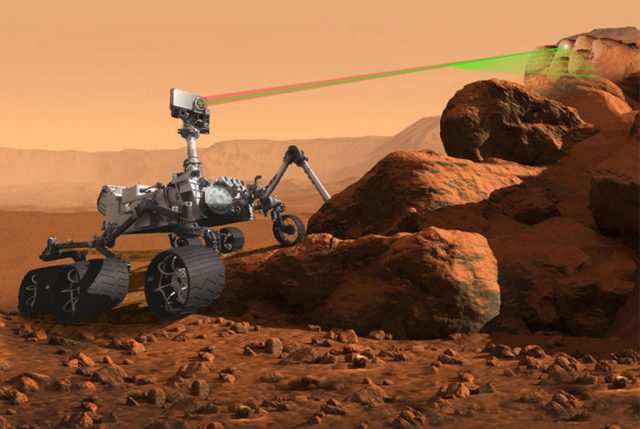
The Mars 2020 rover will investigate the geology of Mars, detecting the signs of past or present life on the planet. It will use Raman Spectroscopy and X-ray lithochemistry to find elemental components and organic materials on Mars with more specificity than the Curiosity. Additionally, it’s set to carry out an experiment to produce breathable oxygen from Mars’ primarily carbon dioxide atmosphere.
James Webb Space Telescope
With NASA’s recent completion of the hardware on the James Webb Space Telescope (JWST), the device is being tested on the ground. The telescope will be exceptionally more powerful than the Hubble, which has 48 square feet of reflective surface compared to JWST’s 270 square feet.
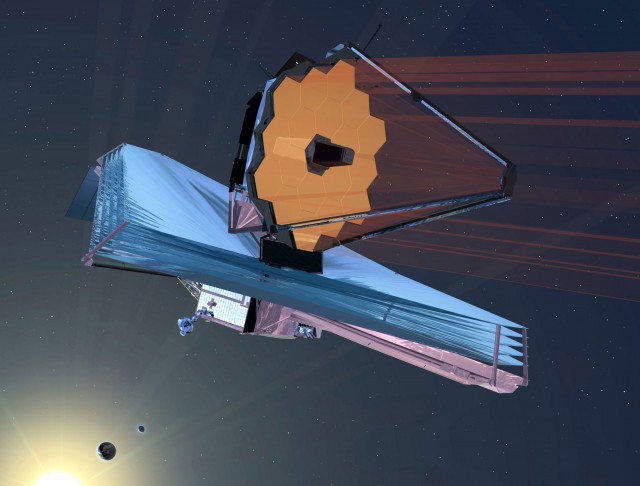
The telescope will have the ability to see further into the infrared than the Hubble, which means that it can study objects hidden by dust or gas. To avoid contaminating heat, the JWST will be placed in L2 Lagrange point with the Earth permanently between the telescope and the sun. It’s set to launch in October of 2018.
New Horizons Kuiper Belt Extended Mission
When NASA’s New Horizons mission reached Pluto in 2015 after a decade in space, NASA decided to add a Kuiper Belt Extended Mission (KEM) to its schedule. Its plan is to send New Horizons into the Kuiper Belt to study the frigid balls of ice and rock.
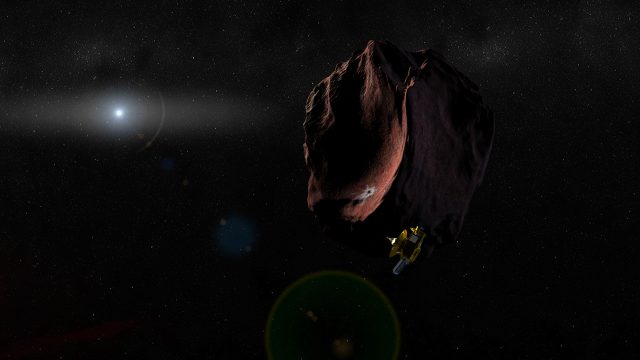
On January 1, 2019, New Horizons will fly-by an object deemed 2014 MU69 that is 20 to 25 miles in diameter and has an unknown composition. This will mark the first time we’ve had an up-close look at a Kuiper Belt object other than Pluto, and the similarities and differences could tell us a lot.
ExoMars, Part 2
While the first part of ExoMars did not go so well, especially when the stationary Schiaparelli lander delivered by the Trace Gas Orbiter crashed into the surface, the second phase of the mission is set to launch in 2020. It will include a new surface platform and rover.
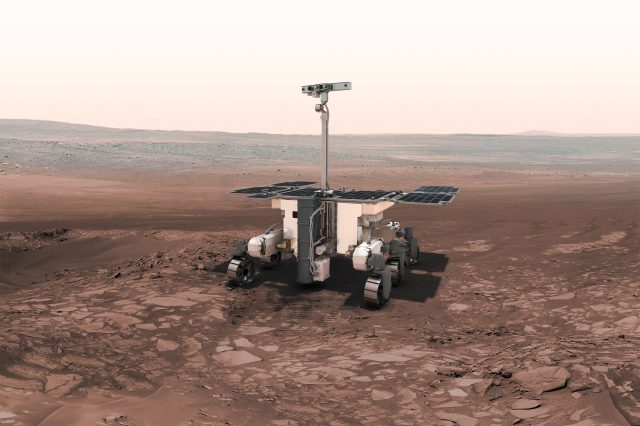
The new ExoMars surface station will monitor the planet’s orbit and atmospheric changes over the year. The rover will be equipped with an advanced exobiology module to search and identify signs of life. Additionally, a core drill will let the rover dig deep into the surface to acquire those samples. The landing is expected to occur in 2021.
SpaceX Dragon 2 flight
SpaceX and Boeing are the two companies currently taking part in NASA’s Commercial Crew Program. Similar to the current cargo Dragon, the Dragon 2 capsule will launch from a Falcon 9 rocket that can land back on Earth after sending the second stage into space.
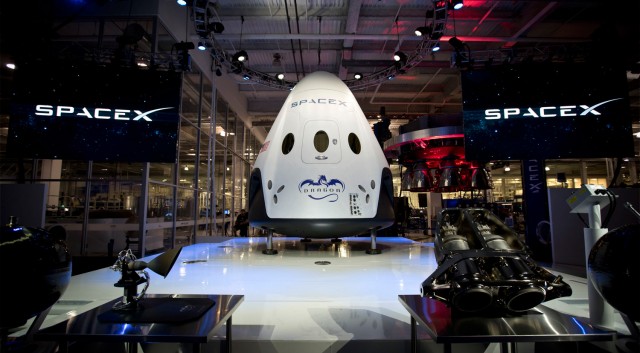
Dragon 2 will have room for seven astronauts, and NASA already contracted six crewed flights to the ISS. In May of 2018, the Dragon 2 will ferry two astronauts up to the ISS, marking the first time that humans have traveled in an American spacecraft since the Space Shuttle retired.
Asteroid Redirect Robotic Mission (ARRM)
While there are thousands of asteroids falling near Earth, there is only so much we can learn about these objects from robotic exploration. NASA’s JPL is working to visit a nearby asteroid with a probe and bring back a piece of it.
Set for a 2021 launch, the Asteroid Redirect Robotic Mission (ARRM) plans for a probe to land on an asteroid similar to the 2008 EV5 and pick up a 4-meter boulder. The mission may include analysis of gravity deflection, such as testing to see if the mass of the probe and boulder can affect the orbit of the asteroid. If it were to get away on the return trip, the boulder would no longer pose a threat to Earth. Ideally, researchers hope that it could be deposited in orbit of the moon and astronauts could later visit it in the mid-2020s.
Source: ExtremeTech
Advertisement
Learn more about Electronic Products Magazine





